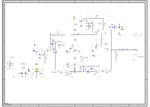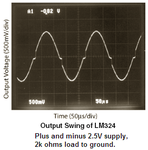fethiyeli
Full Member level 4
Hi everyone. I need regulated 265V for testing a circuit. It needs to be between 263V and 267V and about 10W. How can i obtain regulated 265V 10W sine wave ? I know doing it with PWM method. Is there any alternative method , or which method is the best for this project ? Thnx.

